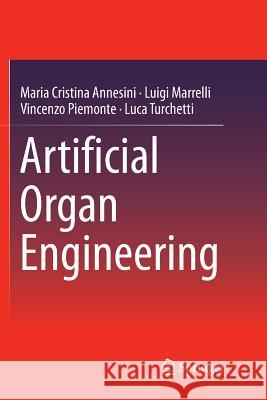Artificial Organ Engineering » książka
topmenu
Artificial Organ Engineering
ISBN-13: 9781447173830 / Angielski / Miękka / 2018 / 265 str.
Artificial Organ Engineering
ISBN-13: 9781447173830 / Angielski / Miękka / 2018 / 265 str.
cena 384,63 zł
(netto: 366,31 VAT: 5%)
Najniższa cena z 30 dni: 382,84 zł
(netto: 366,31 VAT: 5%)
Najniższa cena z 30 dni: 382,84 zł
Termin realizacji zamówienia:
ok. 20 dni roboczych.
ok. 20 dni roboczych.
Darmowa dostawa!
Kategorie BISAC:
Wydawca:
Springer
Język:
Angielski
ISBN-13:
9781447173830
Rok wydania:
2018
Wydanie:
Softcover Repri
Ilość stron:
265
Waga:
0.40 kg
Wymiary:
23.39 x 15.6 x 1.52
Oprawa:
Miękka
Wolumenów:
01
Dodatkowe informacje:
Wydanie ilustrowane











